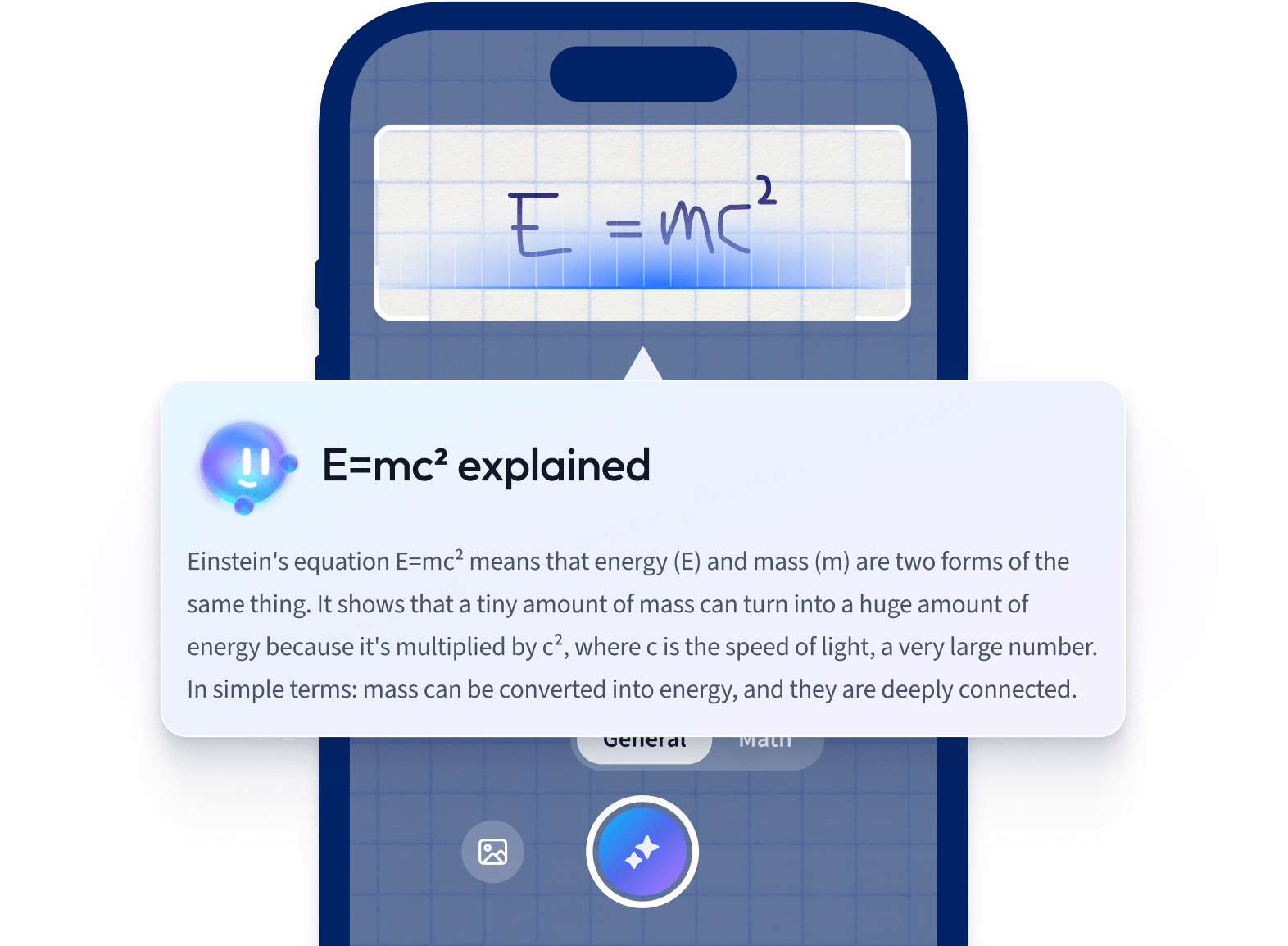What do these sentences have in common? The answer is that they are all commands or orders. Each sentence makes a demand for a certain action to be completed. These sentences are examples of the Imperative Mood, which is a type of grammatical mood. Let's have a look at the meaning of imperative mood and some examples in more detail.
Imperative mood: defining grammatical moods
When we're talking about the grammatical mood in English Language we aren't talking about our emotions or feelings. Instead, grammatical mood refers to the use of verb forms which show the purpose of a sentence and how it should be understood. This includes whether it's a question, demand, statement, wish, and so on.
The main ways we can adapt verbs to show grammatical mood include:
- Inflections- this refers to adding verb endings such as -ed (e.g. played) to show tense or -s (e.g. he plays) to show person.
- Auxiliary verbs- these are 'helping verbs' that we use alongside the main verb such as does, are, was, were, did.
Types and examples of grammatical mood
The five main types of mood in the English language are:
- Indicative- for stating factual statements or beliefs (e.g. Whales are the largest animal on Earth).
- Imperative- for making requests, commands, or giving instructions (e.g. Come with me).
- Subjunctive- for expressing a hypothetical situation, wish, possibility, or suggestion (e.g. If I were you I'd go on holiday).
- Interrogative- for asking questions (e.g. Is Emily bringing her new puppy?).
- Conditional- for stating conditions and making requests (e.g. If you don't sit still we won't go to the play area).
There are other types of grammatical mood in English which are less common e.g. the 'optative' and the 'potential' moods. Other languages also have different grammatical moods which they express in different ways.
Imperative mood: definition
So what exactly is the imperative mood? In the realm of grammar, the 'imperative mood' is used to give orders, commands, instructions, or express requests and advice. It's essentially the grammatical form that allows the speaker to directly influence the actions of others. Unlike other moods, the imperative often omits the subject as it's generally understood to be 'you' (the person being addressed).
For example, in the command 'Run!', the subject 'you' is implied but not explicitly stated.
One sentence summary: An imperative mood is a verb form that expresses a command, which includes requests, instructions, orders, warnings, and advice.
Imperative mood: examples
Let's look at a few examples of the imperative mood.
Sit down.
Empty the bin, please.
Take care!
Enjoy your holiday!
Each of these examples is a command with some being more demanding than others. The sentences command that an action is done e.g. to sit or to enjoy. In all these cases, the aim is to influence the listener's actions directly.
 Fig. 1 - The imperative mood expresses commands.
Fig. 1 - The imperative mood expresses commands.
Imperative mood: sentences
Let's have a look at a few further examples of the imperative mood in context.
'Be quiet now!' And sit back in your chair Ryan!'.
In this example, a teacher is giving orders to the children who seem to be misbehaving. The imperative mood shows that the sentence is a command rather than a statement or a request.
Make sure you try before you buy.
In this example, the advice is given to try an item before you buy it. The imperative mood shows that this is a command (although it is a very mild one).
Turn left at the end of the road.
This example is an instruction. It gives the command to the reader or listener to follow in order to get to their destination.
Imperative mood: verb forms
We form the imperative mood using specific verb forms, but what exactly are these?
How do we form the imperative mood?
We form the imperative mood using the base form of the verb. This is where we take the infinitive form of the word (e.g. 'to play', 'to dance', 'to go') and remove the 'to' (e.g. 'play', 'dance', 'go').
For negative commands, we place the word 'Don't' (i.e. 'do not') in front of the verb. For example:
Don't talk to me like that!
Don't worry about it.
Don't come back here!
Sentences in the imperative mood have no subject (i.e. person/thing that does the action of the verb). For example, in an indicative statement such as 'You shouldn't worry about it', the subject is stated ('you'). However, in an imperative sentence such as 'Don't worry about it', the subject is not directly stated. Instead, we understand that the subject refers to 'you'.
Exclamation marks in the imperative mood
When writing a command, we often use exclamation marks to add emphasis. For example, the sentence 'sit down' can be interpreted as neutral whilst the sentence 'sit down!' is more forceful.
It is important to consider the impact of exclamation marks when you use them in writing and how they affect the interpretation of a text.
Imperative and indicative mood
As we know, there are five types of grammatical mood in English Language; one of these is called the indicative mood.
The indicative mood expresses a factual statement, a belief, or an opinion. We tend to use the indicative mood when forming declarative sentences.
Examples of the indicative mood include:
Greenland is the biggest island in the world. (fact)
The music is really loud! (opinion)
You're coming to the party later, right? (belief)
I think ginger cake is so tasty. (opinion)
The imperative mood is different to the indicative mood as they are both used for different purposes and have different forms. The imperative is used to make commands whilst the indicative is used to state facts or beliefs.
Imperative Mood - Key Takeaways
- The imperative mood is a verb form that expresses a command. This includes requests, instructions, orders, warnings, and advice.
- Grammatical mood refers to the use of verb forms which show the purpose of a sentence and how it should be understood.
- There are 5 main types of mood in the English language: indicative (fact or belief), imperative (requests or commands), subjunctive (hypothetical situation, wish, possibility, suggestion), interrogative (questions), conditional (conditions or requests).
- We form the imperative mood using the base form of the verb. For negative commands, we place the word 'Don't' (i.e. 'do not') in front of the verb.
- When writing a command, we often use exclamation marks to add emphasis.
How we ensure our content is accurate and trustworthy?
At StudySmarter, we have created a learning platform that serves millions of students. Meet
the people who work hard to deliver fact based content as well as making sure it is verified.
Content Creation Process:
Lily Hulatt is a Digital Content Specialist with over three years of experience in content strategy and curriculum design. She gained her PhD in English Literature from Durham University in 2022, taught in Durham University’s English Studies Department, and has contributed to a number of publications. Lily specialises in English Literature, English Language, History, and Philosophy.
Get to know Lily
Content Quality Monitored by:
Gabriel Freitas is an AI Engineer with a solid experience in software development, machine learning algorithms, and generative AI, including large language models’ (LLMs) applications. Graduated in Electrical Engineering at the University of São Paulo, he is currently pursuing an MSc in Computer Engineering at the University of Campinas, specializing in machine learning topics. Gabriel has a strong background in software engineering and has worked on projects involving computer vision, embedded AI, and LLM applications.
Get to know Gabriel












